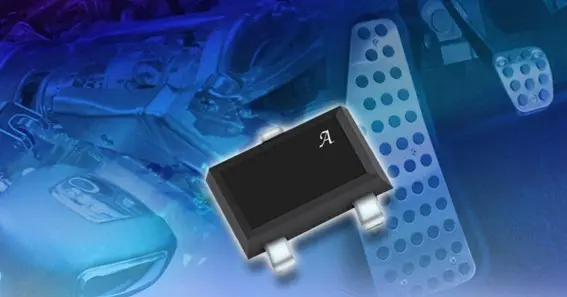It is very easy to measure electricity with most people being aware of electrical units such as amps, volts and watts. However it is a little more difficult to measure magnetism. The majority of people would have no idea how to go about measuring how strong a magnetic field is, or the units in which that field strength is actually measured.
Nonetheless there is a simple way in which magnetism can be measured, with the use of a Hall Sensor (also known as a Hall Effect Sensor). A Hall Sensor is the name of an electronic device that is capable of detecting the Hall Effect and then converting those findings into electronic data, for the purposes of switching circuits on and off, measuring a varying magnetic field, displaying on an interface or having an embedded computer process it.
click here – Best Housing Society to Invest in Islamabad
Also Read : Best Housing Society to Invest in Islamabad
The Hall Effect is named after scientist Edwin Hall, a physicist who was remarkably ahead of his time and who in 1879 made the discovery that a magnet that is positioned perpendicular to a conductor together with a steady current flow, the conductor’s electrons would be pulled to one side, thereby resulting in the creation of a potential difference in charge (in other words, voltage). The Hall Effect indicates the presence of a magnetic field that is near a conductor as well as its magnitude.
Also Read : What is Intrinsically Motivating?
What a hall sensor actually does?
Hall sensors make use of magnetic fields in order to detect variable such as the likes of the displacement, proximity or speed of a mechanical system. They do not have to come into physical contact with any element and are capable of producing either an analogue (continual) or digital (on and off) signal depending on both their design and how they are intended to function.
How do hall sensors work?
Hall sensor latches and switches are either turned on or off. A Hall sensor switch will turn on if it detects the presence of a magnetic field and then turn off again upon the removal of that magnet. A Hall sensor latch will close (or turn on) upon the application of a positive magnet and will stay that way even after the removal of the magnet.
Linear (analogue) Hall sensors render measurements that are precise and continuous based upon the strength of the magnetic field, and do not turn on and off. Within the Hall sensor the Hall element will send any potential electric potential difference (the voltage that is created because of the magnetic interference) to an amplifier so as to ensure that the change in voltage is big enough for the embedded system to be able to perceive it.
click here – What is Intrinsically Motivating?
Where are hall sensors used?
Hall sensors are robust, reliable and cheap, and are thus used in all manner of devices including GPS and cell phones, automobiles, assembly lines, medical devices and a wide array of IoT devices. It is expected that the market for Hall sensors will increase by over 10% every year, reaching $7.55 billion within the next four years by 2026.
